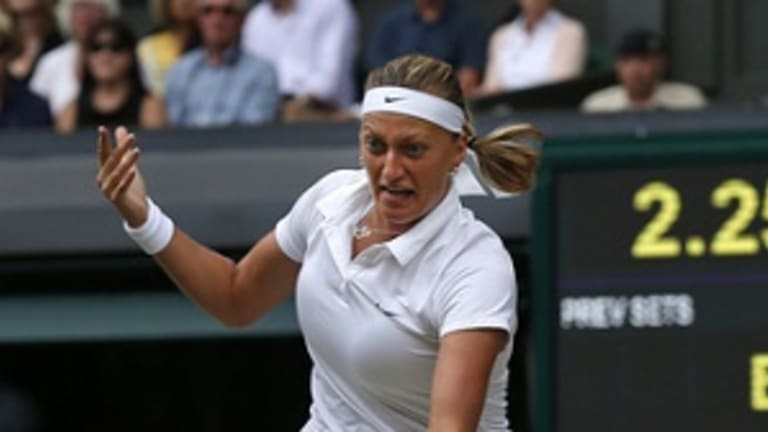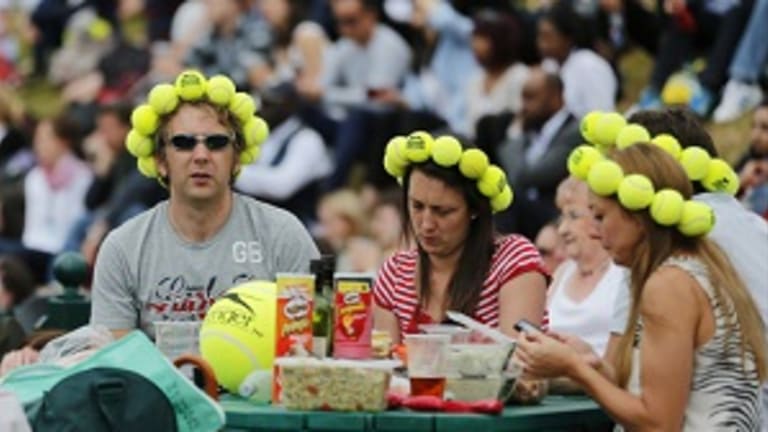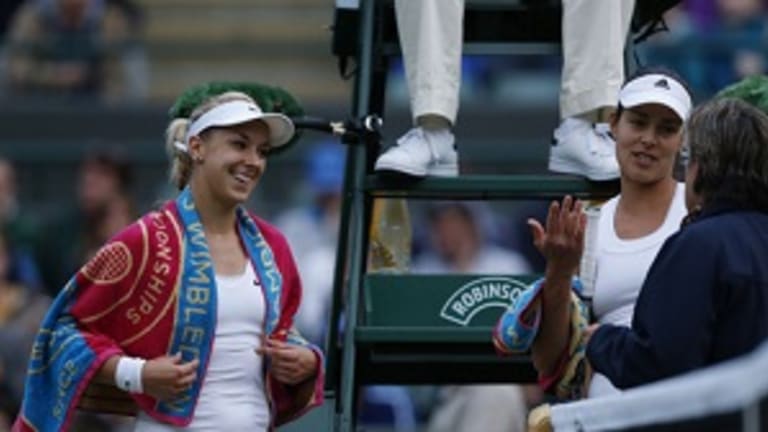There’s only one thing that never changes at Wimbledon: The myth that it never changes. It’s hard to think of another event in any sport that has mastered the art of updating and renewing itself, while continuing to appear as if it takes no notice of the outside world at all. Yes, they still serve the same Robinson’s barley water and strawberries and cream, and yes, officials doubled-down on the all-white rule in 2014; but this year the tournament also showed off a blueprint of the sleek-looking retractable roof it’s planning to build over Court 1. That would give staid old Wimbledon two more roofs than that capitalist trend-setter, the U.S. Open.
After spending the fortnight—is it our fault or Wimbledon’s that we still use that traditional term to describe it?—roaming the grounds, here are five things that could be changed without altering its eternal appeal. Some would be up to the tournament, others would be up to those of us who like to talk about it.



